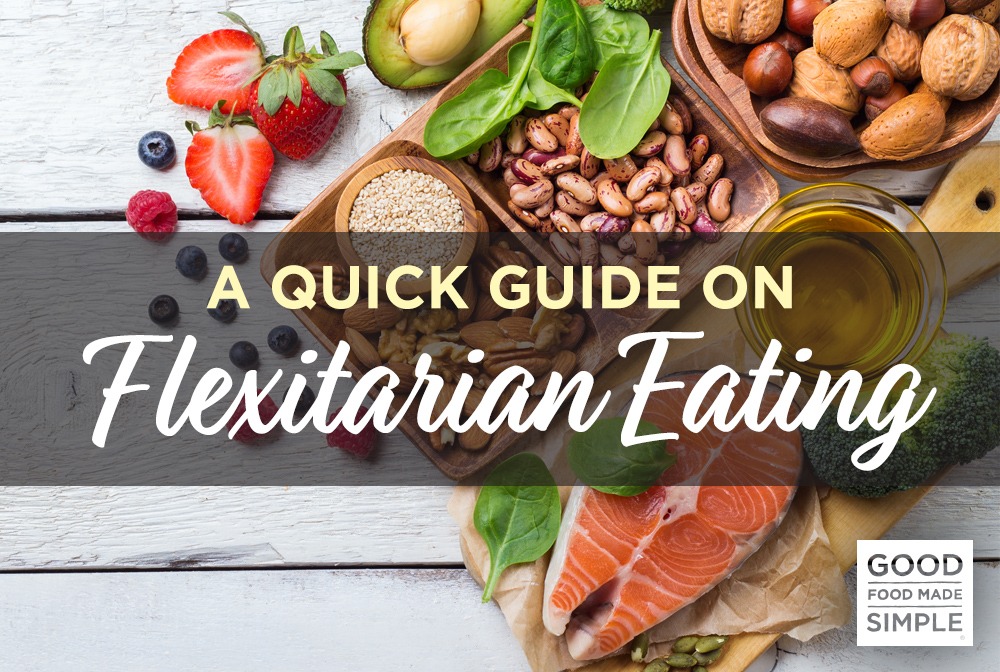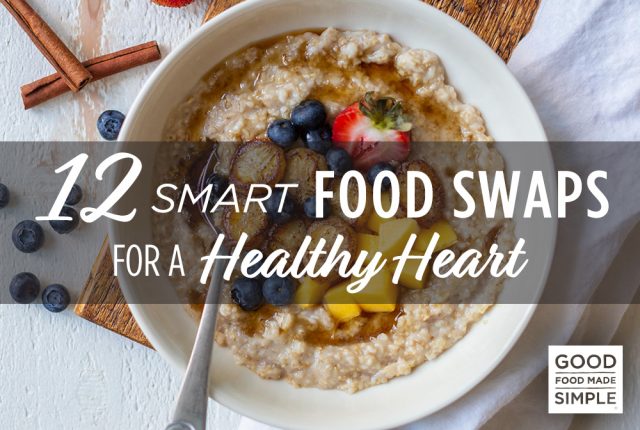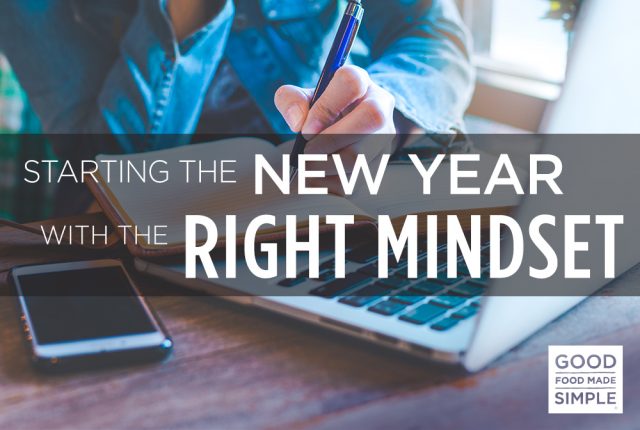
25 Active Date Ideas
While going on dates can certainly be fun, a typical night out with a romantic partner often ends up being focused on eating ...
read more
So you’ve heard about veganism, the paleo diet and good old fashioned vegetarianism. As of late you may have seen the term “flexitarian” pop up more and more.
Other than being a new buzz word, what does flexitarian eating really mean?
The flexitarian diet was coined by Registered Dietitian Dawn “DJ” Blatner. As listed on DJ’s website, the word flexitarian is made up of the words “flexible” and “vegetarian.”
Essentially, the idea of this diet is to allow people to minimize meat consumption as opposed to restricting it entirely.
A traditional vegetarian diet restricts the consumption of meat. For some vegetarians, cutting out animal-by products such as dairy or eggs is a part of the diet as well.
This can be somewhat confusing to those who are unfamiliar with the various differences between diets. As such, flexitarian is increasingly becoming a more popular way of eating.
Unlike some other diets, eating flexitarian doesn’t have a strict set of rules or guidelines. Being a flexitarian is more of a lifestyle than it is a diet. Those who choose to adopt this lifestyle are also choosing to not restrict certain foods. This gives people more freedom with what they can eat.
In simple terms, flexitarians focus on eating a plant-forward or vegetarian diet most of the time. However, when a craving strikes or when someone simply feels like eating meat, they do just that.
The choice to be flexitarian is to not punish yourself when you want to eat meat. Instead, it promotes listening to your body and openly choosing to eat more vegetarian-focused meals on a daily basis.
DJ sums the above perfectly on her website: “the most important part of flexitarianism is not how many meatless days you have, but how many more vegetarian meals you prepare.”
Therefore, a flexitarian chooses to eat most of their meals like a vegetarian or plant-based eater but give themselves grace to consume meat when they want it.
The reasons for living a flexitarian lifestyle differ from person to person. However, there are a few trends across the board.
For some, eating flexitarian is more sustainable and environmentally friendly. Meat consumption leads to greenhouse gas emissions which ultimately impacts climate change.
However, eating meat in moderation is absolutely safe to have as a part of your diet. As such, flexitarians give themselves room to consume meat here-and-there.
Other reasons to eat flexitarian include introducing more fiber or vitamins and minerals into your meals. Essentially, this diet focuses on consuming more plant-based, whole food ingredients such as fruits, vegetables and whole grains.
According to Registered Dietitian Alyssa Pike, “plant-based foods can help you get your daily dose of dietary fiber,” which is important as most people don’t meet the required amount of daily fiber.
Another potential reason or benefit is that it may decrease the risk of cardiovascular disease. Studies have cited this to be due to the increase in nutrients, antioxidant vitamins and better-for-you ingredients.
In addition to the reasons above, many of those that follow a flexitarian way of eating choose to do so to make a lifestyle change. Depending on your lifestyle goals, choosing to eat this way may come with its own personal list of reasons!
So, what does eating flexitarian actually look like?
There are in fact some major differences between what it means to eat vegetarian and flexitarian. For some, eating vegetarian involves eating everything but meat (and sometimes dairy/eggs).
While vegetarians might feel free to eat more pre-packaged or processed foods, the flexitarian diet actually cautions against it.
Specifically, flexitarians are encouraged to consume whole plant foods. This includes fruit, vegetables, nuts, seeds, legumes and whole grains. As such, this promotes eating a more whole foods diet as opposed to processed foods.
However, that doesn’t mean you are prohibited from eating pre-packaged meals when flexitarian! Our Cauliflower Kung Pao bowl is a great meal option when you are trying to focus on a more plant-focused diet.
To elevate and meal prep the noodle bowl, we focus on pairing it with plant-based ingredients such as edamame and tofu. Learn how to make our Cauliflower Kung Pao Meal Prep Bowls! They are a perfect fast and affordable meal prep idea for plant-based eaters.
While some diets and fads can be confusing, being flexitarian is not. If you are looking to ease your way into plant-based eating or simply want to become a semi-vegetarian, flexitarian eating may just be the lifestyle for you.

25 Active Date Ideas
While going on dates can certainly be fun, a typical night out with a romantic partner often ends up being focused on eating ...
read more
12 Smart Food Swaps For A Healthy Heart
February is American Heart Month, and one of the best ways to maintain good heart health is to watch what you eat. Instead of...
read more
Starting the New Year With the ‘Right’ Mindset
With the holiday finally over and the new year upon us, I’d be shocked if you haven’t thought about New Year's Resoluti...
read more